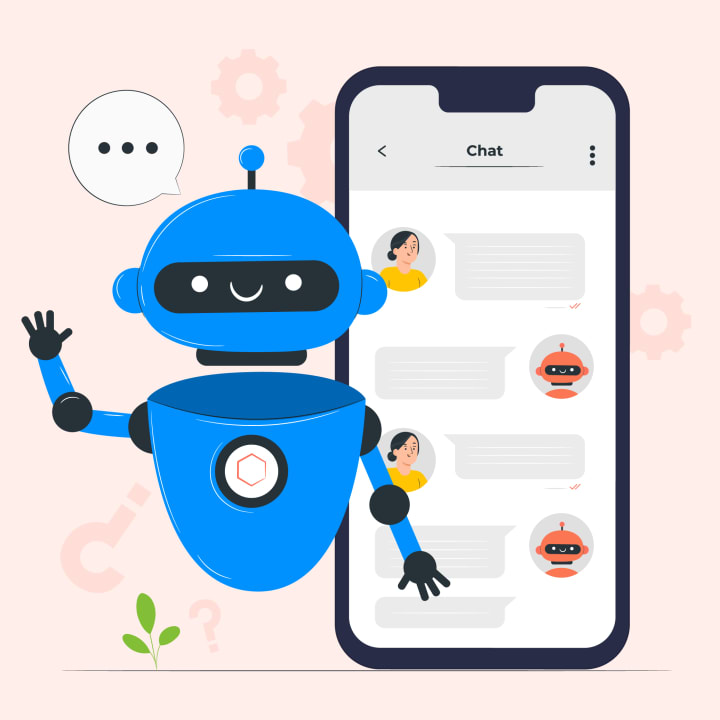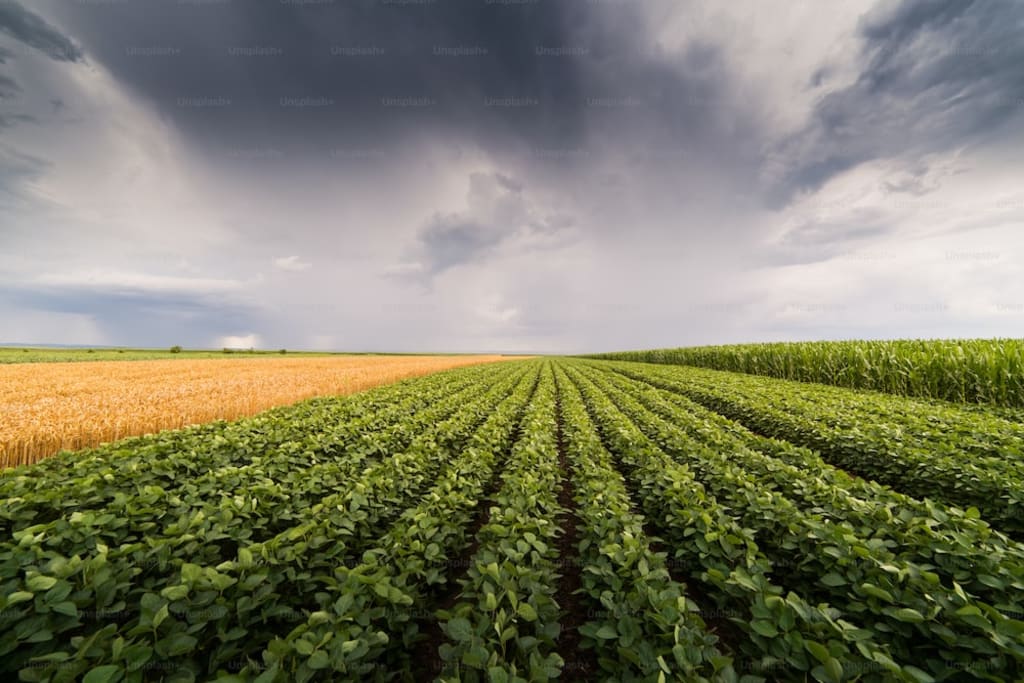Navigating Meteorology’s Future with Global Weather Forecasting Chatbots
In an era where technology shapes our daily lives, the intersection of meteorology and artificial intelligence has given birth to a groundbreaking tool: the global weather forecasting chatbot. This union promises users real-time weather updates, personalized forecasts, and location-specific insights, all facilitated by the seamless integration of advanced Weather APIs. Building such a chatbot requires a strategic blend of technological acumen and meteorological precision.
The Foundation: Weather APIs as the Pillars of Accuracy
At the heart of this endeavor lies the careful selection of a robust Weather API, the cornerstone upon which the chatbot’s reliability stands. Weather APIs function as connectors, bridging applications with real-time meteorological data, forecasts, and historical patterns. These APIs source information from meteorological databases, furnishing users with data-driven insights that underpin a wide range of applications dependent on precise and timely weather information.
A Step-by-Step Guide to Crafting a Global Weather Forecasting Chatbot

Choosing the Right Weather API: The journey commences with the choice of a comprehensive Weather API. Opt for APIs that provide global coverage, real-time updates, historical data, and customization options. The accuracy and breadth of data provided by the API will directly influence the chatbot’s efficacy and user relevance.
Defining Chatbot Objectives: Outline the chatbot’s purpose and objectives. Will it furnish real-time weather snapshots, short-term forecasts, or extended predictions? This clarity steers subsequent steps, from platform selection to geolocation integration.
Selecting the Ideal Chatbot Platform: Choose a platform aligned with your expertise and the chatbot’s intended use. Prominent platforms like Dialogflow, Microsoft Bot Framework, and IBM Watson Assistant offer tools to create seamless interactions and user-friendly interfaces.
Gathering Data with Geolocation: Implement geolocation technology to gather accurate user location data. This information is pivotal for delivering personalized weather insights. The chatbot’s ability to cater to users’ specific locations enhances its utility.
Crafting User Experience and Flow: Design a user-centric experience characterized by a natural conversational flow. Users should be able to engage using natural language, receive informative responses, and navigate the conversation effortlessly.
Integrating the Weather API: The heart of the chatbot’s functionality lies in the integration of the chosen Weather API. Develop API calls that fetch real-time data, forecasts, and historical patterns based on user queries.
Creating Response Templates: Develop a repertoire of response templates for diverse weather inquiries. Whether users seek temperature, humidity, or precipitation details, the chatbot should provide concise and accurate responses.
Personalizing Insights with Geolocation: Leverage geolocation data to deliver location-specific weather insights. Users should receive forecasts tailored to their geographical coordinates, enhancing the relevancy of the information.
Testing and Refinement: Rigorously test the chatbot’s functionalities to ensure accurate responses and smooth interactions. Incorporate user feedback to refine and enhance the user experience.
Deployment and Continuous Monitoring: Deploy the chatbot on the chosen platform and continually monitor its performance. Regular updates and improvements ensure the chatbot remains accurate and pertinent over time.
Unlocking the Potential of a Global Weather Forecasting Chatbot
A well-crafted global weather forecasting chatbot offers an array of benefits:
Instant Access to Weather Insights: Users gain effortless access to weather updates across various platforms, enabling them to make informed decisions about their plans and activities.
Personalized Forecasts: Geolocation integration empowers the chatbot to provide users with weather forecasts tailored to their precise locations.
Real-Time Data and Precision: The chatbot delivers real-time weather data and forecasts, ensuring users receive accurate and up-to-date information.
Diverse Applications: Industries spanning travel, events, agriculture, and transportation can leverage the chatbot’s insights for informed decision-making.
In closing, the fusion of Weather APIs and AI-powered chatbots ushers in a new era of meteorological engagement. By thoughtfully selecting a dependable Weather API, defining chatbot objectives, and integrating geolocation technology, developers can craft a global weather forecasting chatbot that equips users with personalized, accurate, and timely weather insights. As technology advances, the potential to enhance user experiences and provide valuable information continues to expand, further solidifying the chatbot’s role in shaping the future of weather forecasting.
